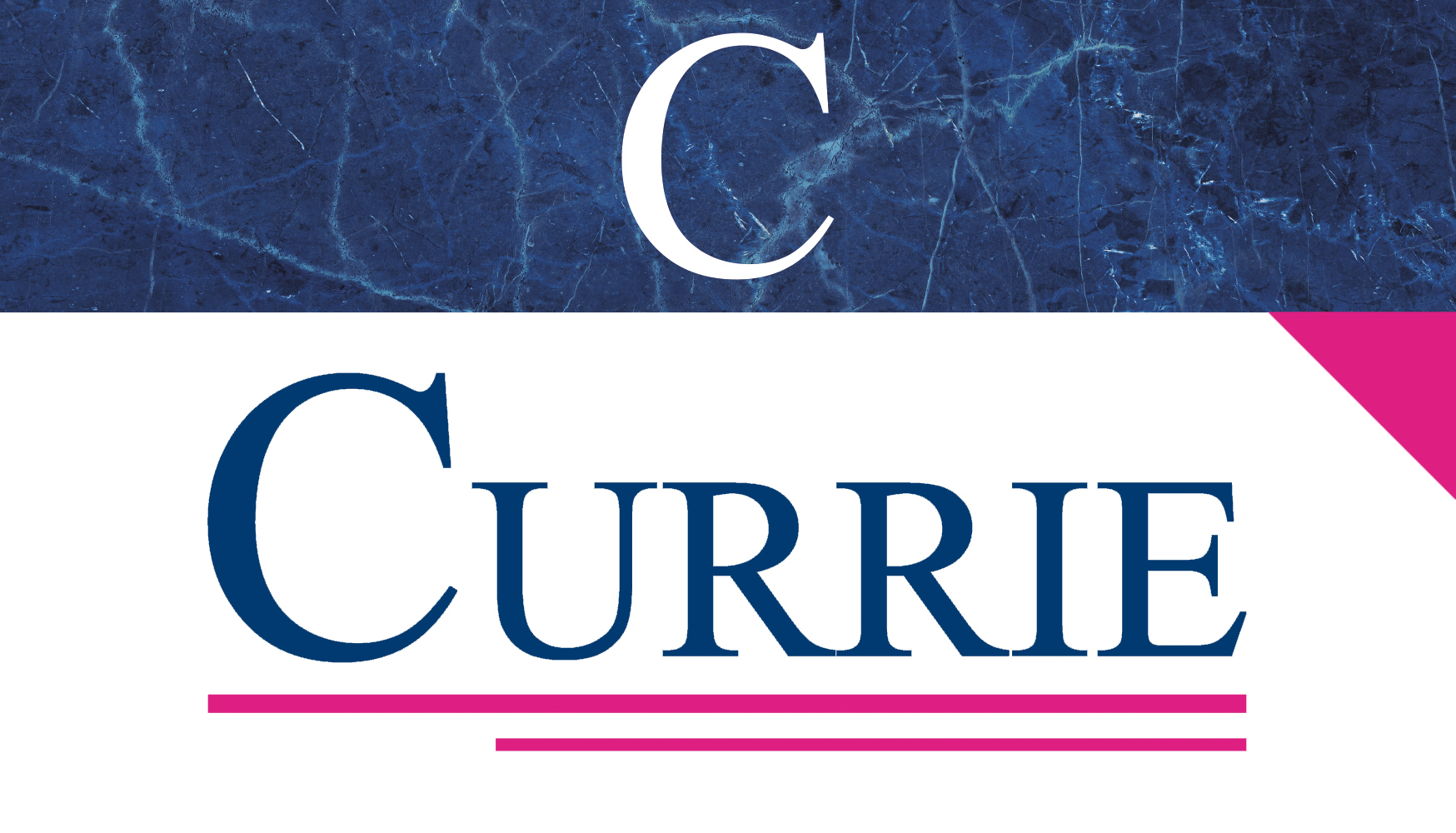Written by: Robin Currie
“As Currie examines the Model and reviews a consistent flow of data across industries, the changes that dealers can expect for the Sales Department is a more detailed study of gross profit per salesperson based on the product mix of the dealership’s sales department.”

Post-pandemic America has been seeking a “new normal” but we have yet to achieve it. Other factors have happened, which have caused additional challenges to our global economy. Shocks to the economy included the pandemic and the invasion of Ukraine. As economists attempted to find a path forward, we learned (hopefully) that formulating any type of analyses or prediction can lead to flawed outcomes, especially when we understand that shocks are “100 year” events and are not comparable when predicting or relating them to normal cycles.
Drastic changes in consumer behavior that occurred during the pandemic led to an imbalance of our current economic models and also caused commodity pricing to become unstable.
Supply chain became a huge constraint for the country which further impacted the American economy. The collapse of the Maryland bridge, similar to the Suez Canal blockage in 2021, further exacerbated logistics. Other incidents followed, having a sort of domino effect on the national supply chain. Additional government policies, rapid response to conditions that could cause loss of jobs, and latitude granted to the fed were factors that led to a soft landing for the US economy. The increase in the Child Tax Credit and other strategies to maintain wealth and avoid increase in poverty were specific wins for its citizens. The National Deficit was addressed by the government through the Inflation Reduction Act, and today, the expiration of some components of the Tax Cuts and Jobs Act are under intense consideration. Tax policy will need to be considered.
Throughout fluctuations and larger economic swings, a performance model is a stability tool, that continues to help companies normalize during these extreme global events. Performance and results in some units of the equipment distribution industry have remained strong and have enjoyed continued growth. The Currie Financial Model has served as an invaluable standard throughout four decades of industrial equipment marketplace analyses. However, current industry performance is not aligned with Currie Model in a few key areas. Metrics of immediate concern have been high inventory levels, low asset turns and declining Return on Assets. These critical measures seem to be stabilizing and will hopefully continue to rise to healthier levels.
Industry gains have been realized through strong revenue growth of parts and service—this has been largely due to the ability to increase prices. This has insulated traditional productivity expectations in these departments from declining, and they have been consistently met or exceeded.
“Taking a 10-year look helps analyze both long-held standards and areas of temporary instability. Currie Financial Model benchmarks will continue to adjust based on today’s ‘new normal'”.
So, with inflation under control and a healthy jobs market, should some Currie Financial Models be adjusted to match current performance levels? Employee revenue benchmarks are indeed reported as exceeding Currie Model. Parts revenue per department associate has risen from Currie Model of $50,000 per month per associate, to $60,000 per month. High performing dealerships are certainly exceeding this metric, and Currie Model is based upon the highest range of achievement in the industry. Another area that is being examined is the traditional $20,000 Gross Profit per salesperson per month (at Currie Model). As dealerships have diversified into products that are sold at a higher gross profit yield, so then has the expectation that gross profit per salesperson will increase. As Currie examines the Model and reviews a consistent flow of data across industries, the changes that dealers can expect for the Sales Department is a more detailed study of gross profit per salesperson based on the product mix of the dealership’s sales department. Where businesses are heavier in core equipment such as transport refrigeration units and forklifts, the current Currie Model for salespeople holds as correct. Where companies are moving into a heavier mix of engineered systems, racking, and other warehouse solutions, we see a need to Model those segments of the business more precisely. This will prove more challenging with companies that have salespeople selling all products, including those in the distribution company’s diversification portfolio. Companies that segment the sales force and approach the market with product specialists will prove easier to analyze and benchmark.
In summary, as we enjoy a softer landing than many experts had predicted, we can now stabilize our businesses and respond where indicated. When considering some current metrics, resisting the urge to react is important. Rather, a good practice is to take a longer view and analyze from a larger window. Is the Covid19 pandemic our starting point? Not necessarily. Taking a 10-year look helps analyze both long-held standards and areas of temporary instability. Currie Financial Model benchmarks will continue to adjust based on today’s “new normal”. Additionally, future metrics are developing as the Currie Success Certification Model is rolled out across industries. This work includes standards on areas of the business that are more difficult to quantify, and they are organized into seven discrete segments: Prosperity, Community, Continuation, Growth, Ecosystem, Technology and Risk. Currie Management Consultants, Inc. remains future-focused and will continue to serve as an industry constant well into the future.
